It is a well known fact that the Indian Space Research Organisation (ISRO) became only the fourth space agency after the Soviet Space program, NASA and ESA to successfully insert its Mars Orbiter Mission (MOM), also called Mangalyaan in an elliptical orbit around Mars. This in itself is quite an achievement.
[orc]MOM is India`s first interplanetary mission. The objectives of the Mars Mission include,
- Realization of a Mars Orbiter spacecraft of 1350 kg mass.
- Launching the Mars Orbiter spacecraft by India’s Polar Satellite Launch Vehicle, PSLV-XL.
- Placing the spacecraft in an elliptical orbit of 366 km X 80,000 km around Mars by September 2014 after a voyage of 300 days from the Earth’s orbit.
- Studying Mars surface features, morphology, mineralogy and Martian atmosphere, using scientific instruments onboard the spacecraft, during the orbital life of the spacecraft around Mars.
The total cost involved in the Mars Mission is Rs 450 Crores, which includes cost towards Mars Orbiter Spacecraft, Launch Vehicle and the Ground Segment.
MOM carried five payloads with it as mentioned in the following table.
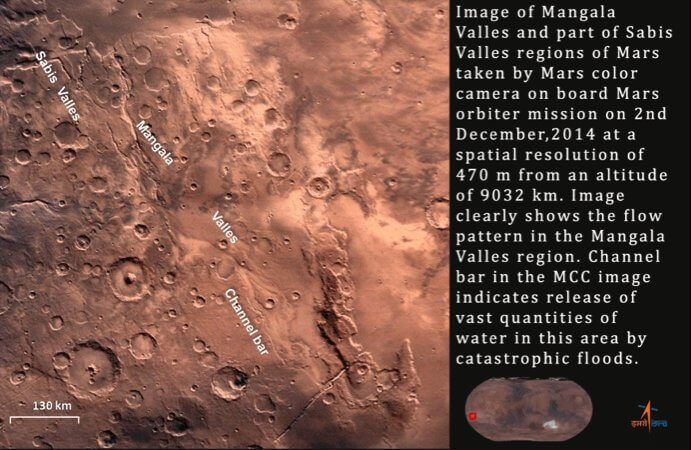
Breathtaking pictures from Mars Colour Camera (MCC) of India’s Mars Orbiter Spacecraft (source:ISRO)
The government believes that the following benefits would accrue from the MOM.
- Technological up-gradation in the area of space technology
- Providing excellent opportunities in planetary research for the scientific community of the country
- Enthusing the younger generation to take up space science & planetary research
- Enhanced scientific knowledge about Martian surface and atmosphere.
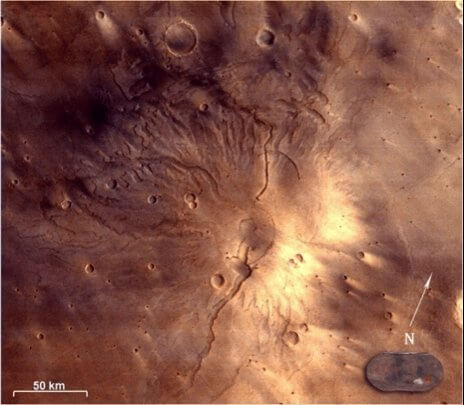
Tyrrhenus Mons as seen by Mars Color Camera (MCC) (source:ISRO)
Apart from all these, there are many other ‘firsts’ by Mangalyaan like the following, as mentioned by Mr. Jitendra Singh, Minister of State (MoS) in the Prime Minister’s office in response to questions posed in the Loksabha.
- India is not only the first Asian nation to reach Mars orbit, but the Mars orbiter Mission by ISRO is the first Mars Mission to be successful on its very first attempt in the entire world.
- This is in fact, the first interplanetary mission by India. The previous highly successful Chandrayaan was sent to the moon.
- First Indian spacecraft to escape the Sphere Of Influence of Earth and orbit Sun.
- Mangalyaan is the first Indian spacecraft to have full scale on-board autonomy. Even if it is not being manouvered from the Earth, it can sustain itself.
- It actually is the first mission to have successfully survived the Van Allen belt which was discovered by the Explorer 1, crossing it 39 times!
- Also, the Mars Orbiter Mission is the first mission to use ship-borne terminals to track the launch vehicle over the Pacific.
- The Mars Orbiter Mission team won the US-based National Space Society’s Space Pioneer Award in the science and engineering category for 2015.
- Most economical interplanetary mission in the world and paved way for cost- effective access to deep space. The launch vehicle, Spacecraft and Ground Segment have been realised with a budget of Rs 450 Cr.


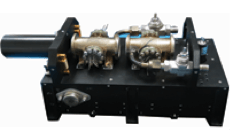
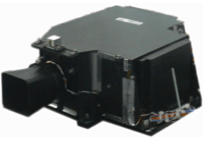
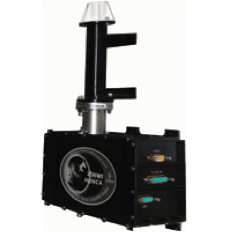

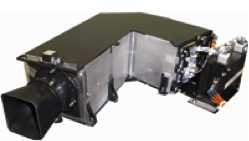
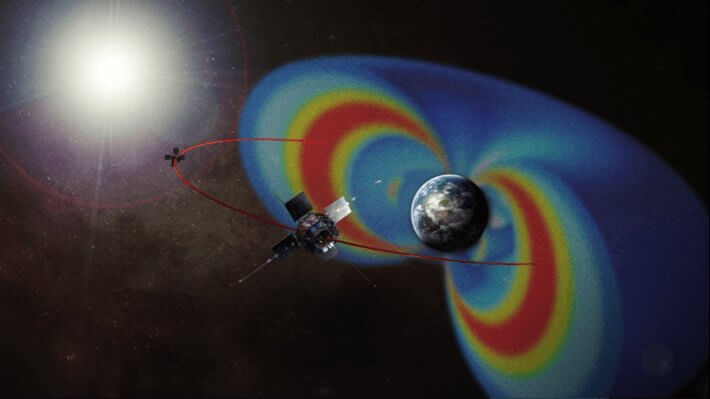

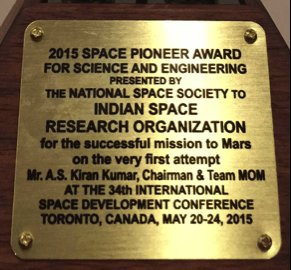

1 Comment
Pingback: The Many firsts of the Mars Orbiter Mission (MOM) | The Inquisit